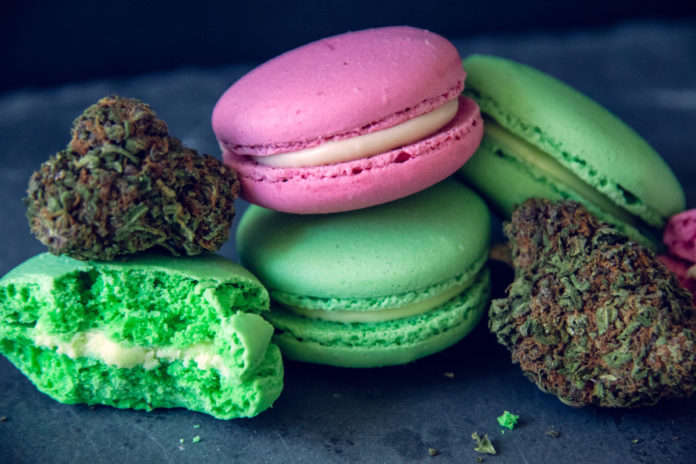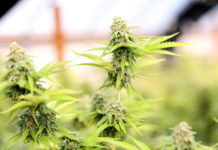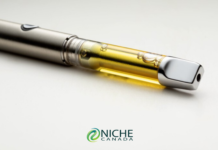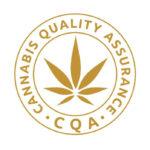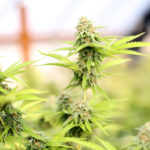NICHE CANADA
Cannabis edibles have been making headlines of late – from spiked lollipops to the Toronto medical health officer calling for a ban on cannabis products like gummy bears, lollipops, and candy-flavoured vaping flavours to protect youth, there has been a lot of discussion and fear-mongering recently when it comes to edibles.
While edibles do pose new challenges for regulators, it’s important to remember that protecting youth will be paramount in the regulatory framework, and just like other products that are harmful to children, it is up to the parents who consume to safely store these products and keep them away from young people.
In the words of longtime cannabis industry professional Abi Roach: “Obviously, no one wants to attract children.”
And, any issues around edibles won’t be solved by leaving the sale of these products to the black market. Edible products sold outside the legal system are unregulated, often contain attractive packaging and can be inconsistently dosed, so THC information on the package may give the user a false sense of certainty about how much they’re consuming.
The federal government is currently undergoing a public consultation effort to seek feedback on draft regulations on the production and sale of edibles, as well as extracts and products that can be topically applied to skin, hair and nails.
And, considering the impact these products are expected to have on the market, it’s critical that the government gets it right. Canadians are expected to spend as much as $7 billion on legal and illegal cannabis in 2019, and they predict that nearly 60 per cent of consumers plan to purchase edibles.
Research into U.S. markets that have legalized cannabis shows that more than half the overall market is in derivative products, such as edibles, vape pens, concentrates, oral sprays, and other products.
The federal government has acted quite cautiously when it comes to edibles, even taking an additional year to craft the regulations.
The proposed rules aim to protect public health by having child-resistant and plain packaging that doesn’t appeal to youth, as well as labelling requirements, including the standard cannabis symbol, a health warning, and a listing of THC and CBD content. The draft rules also place a hard cap of 10mg of THC per package of product.
That said, new types of products entering the marketplace should be accompanied by a robust public education and awareness campaign. Cannabis businesses have a responsibility to provide information and resources to help ensure consumers understand the risks and have the tools necessary to safely and securely store products away from young people.
Canadians have a chance to provide feedback on the proposed rules, but the 60-day public consultation period is coming to a close. Read more about the regulations and have your say by Wednesday, February 22!
The government has said that the regulations will be enacted no later than October 17, 2019.


